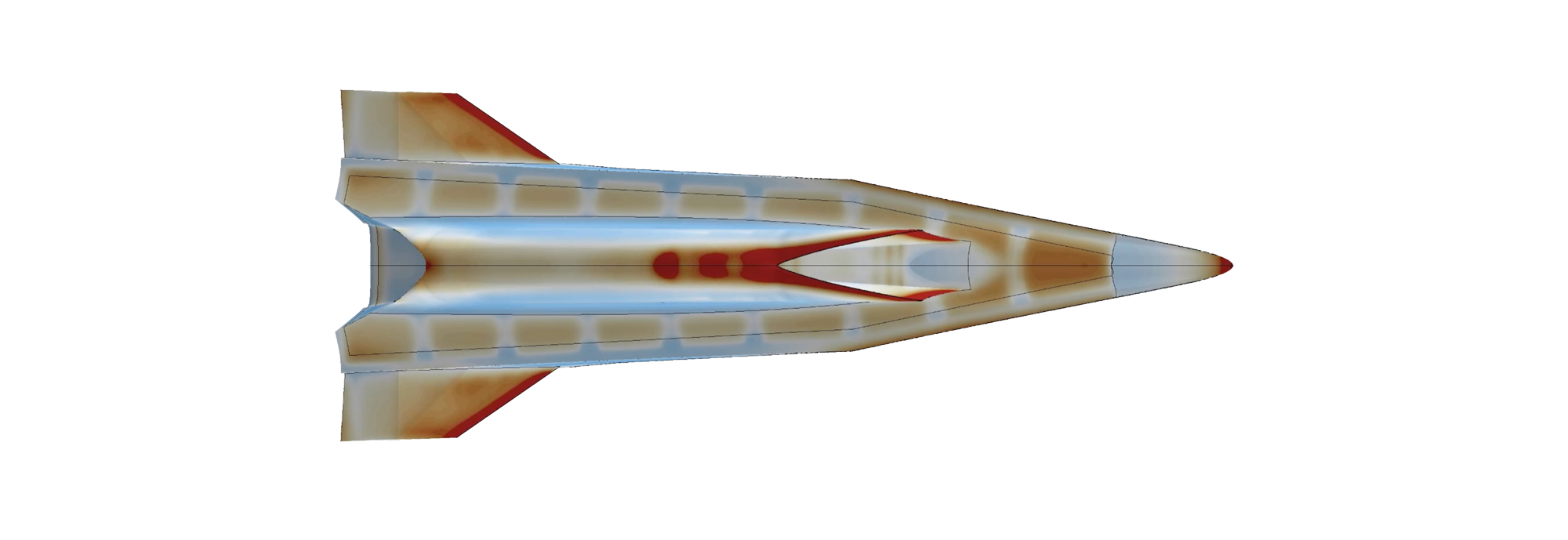

Meet HyperTwin X
HyperTwin X is a digital twin platform for the hypersonic flight environment, allowing mission planners, engineers, and battle management system planners to simulate hypersonic concepts in the virtual world before flying in the real world. HyperTwin X performs complex multi-physics simulations and produces virtual aircraft signatures for evaluating concept performance, conducting virtual flight tests and training hypersonic detection algorithms.


Multi-physics simulation

Virtual experience

Predictive

Secure architecture
Specifications

Virtual test bed
Complement live flight tests with a virtual flight test campaign to choose the right flight parameters that will maximise live flight data.


Powered by SPARTAN
DART is powered by a single SPARTAN, Hypersonix’s fifth generation scramjet engine. The hydrogen-powered SPARTAN is the world’s first entirely 3D-printed airframe, delivering performance, reliability, lead time and cost advantages over more bespoke manufacturing methods.

Hydrogen is fuel for a low carbon future
Hydrogen can be produced from just water, using renewable energy. Burning it in an engine produces only water vapour. There is a global movement towards low-carbon fuels and Australia is set to become a key player in the hydrogen industry, with government and private investment into local green hydrogen production facilities.
Hypersonix has partnered with BOC Australia, who has announced its intention to build a green hydrogen production facility using seawater as the main ingredient, in Queensland.
The clean hydrogen industry is growing quickly Australia-wide, with over $1.6 billion invested in the private sector and $1.27 billion in the public sector. The price of clean hydrogen is projected to decrease to between $2 and $4 per kilogram by 2030.
Hydrogen is an excellent aerospace fuel
The space industry has historically utilised hydrogen as rocket fuel, including in the space shuttle program.
Hydrogen is non-toxic and its low density means any leaks and fires are directed upwards — unlike hydrocarbon fuels, which could pool under the aircraft. Hypersonix’s vehicles are also unmanned, reducing the risks to humans. Hydrogen has approximately 2.5 times the energy density of hydrocarbon fuels, such as kerosene, making it the perfect fuel in an industry where every gram counts.
Get in touch with us
To discuss our scramjet engines, flight systems or launch systems with a Hypersonix representative, please complete the contact form.
Contact us